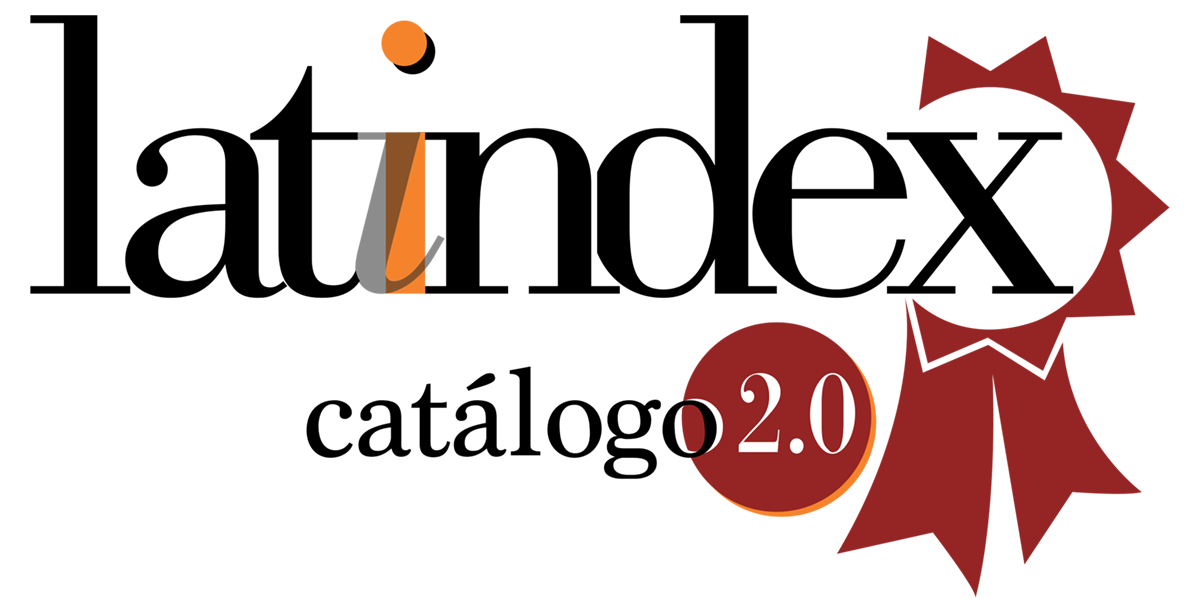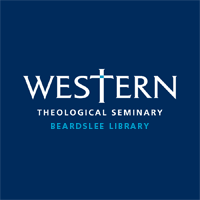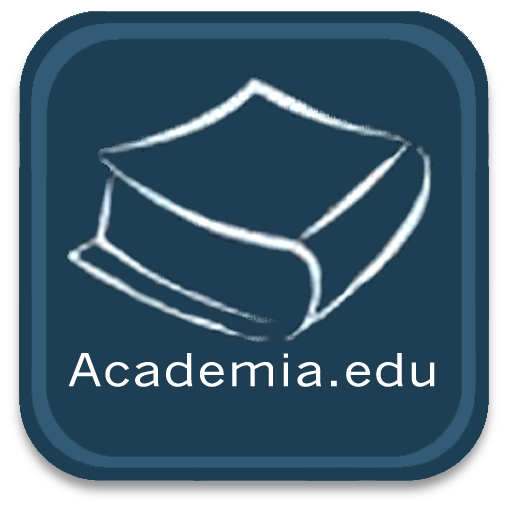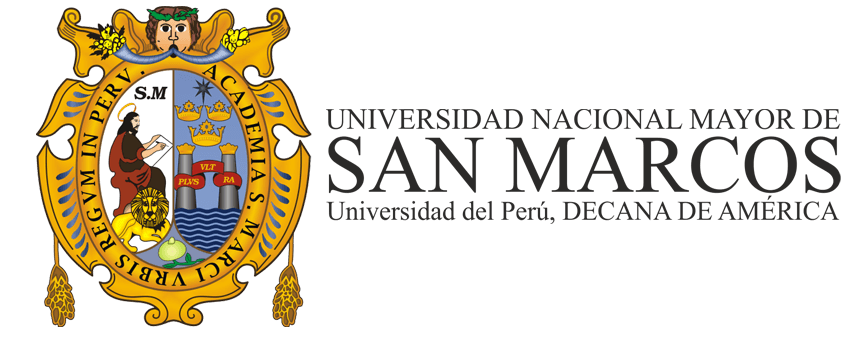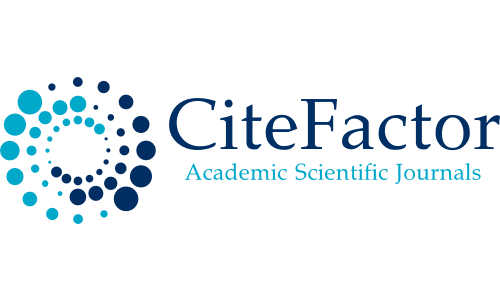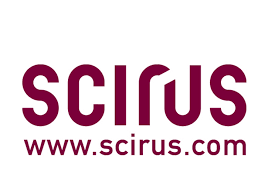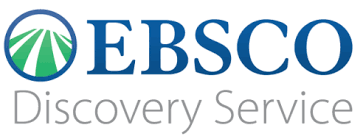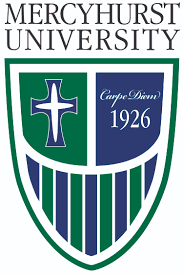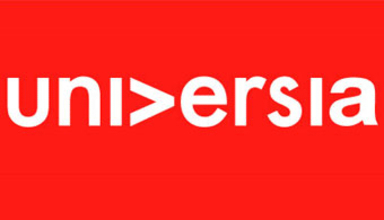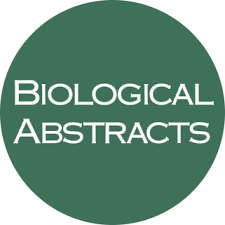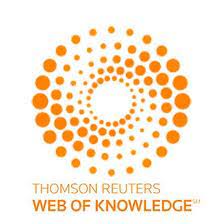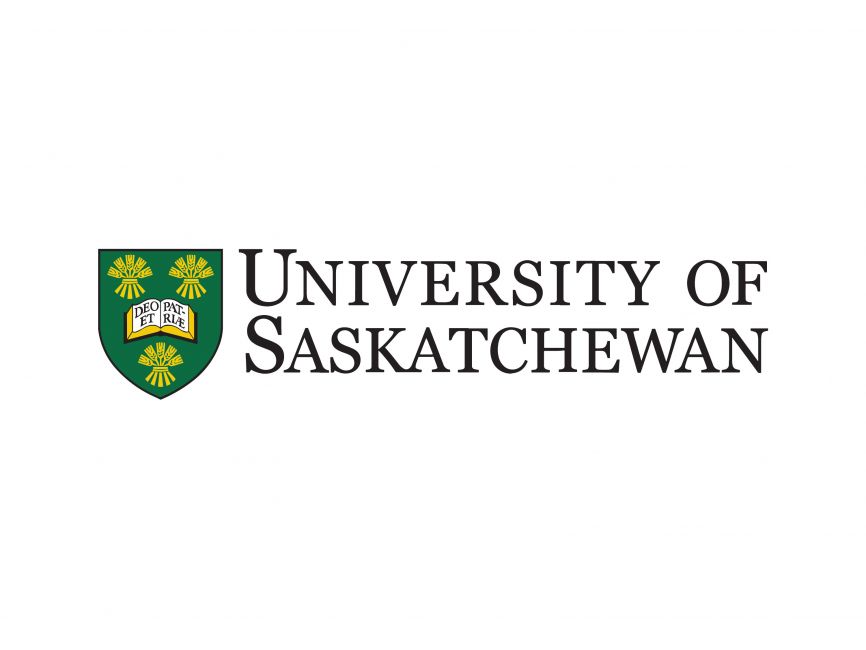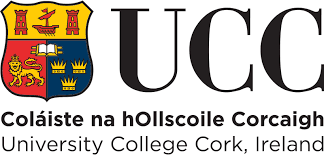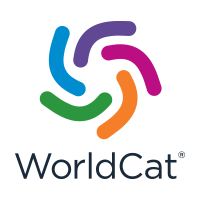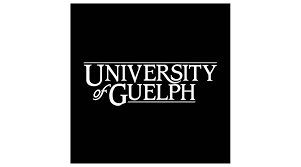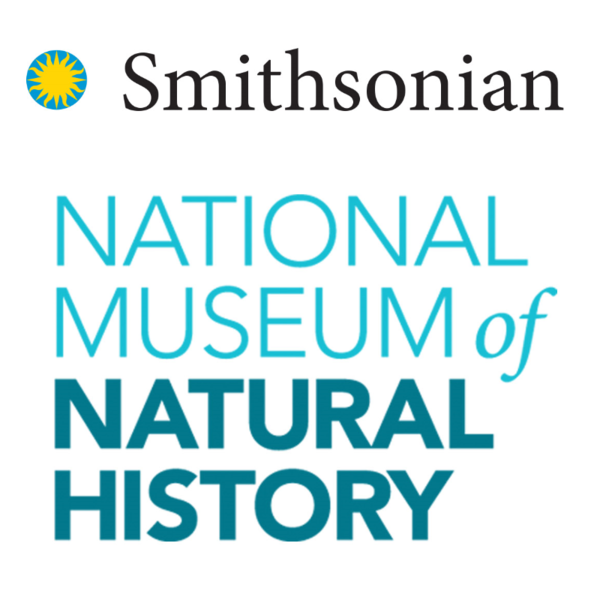Monogenean fauna (Platyhelminthes, Monogenea) of Trachelyopterus galeatus (Linnaeus, 1766) in a region of the Brazilian western amazon
DOI:
https://doi.org/10.62429/rnh20251911973Keywords:
Ectoparasites, Infestation, Environmental factors, Relative condition factor, Host-parasite, Siluriformes, relationshipAbstract
The present study evaluated the Monogenea fauna parasitizing Trachelyopterus galeatus Linnaeus, 1766 (Cangati) and investigated the influence of environmental and morphometric factors on the abundance of these parasites. Six species of monogeneans were identified, with Ameloblastella sp. and Cosmetocleithrum sp. being the most prevalent and having the highest mean intensity. Ameloblastella sp. stood out significantly compared to the other species, suggesting greater adaptive and competitive efficiency. It was observed that 46% of the fish harbored two species of Monogenea, while 10% harbored four or five species, indicating the coexistence of these parasites. Despite variations in host weight, length, and condition factor, these characteristics showed no significant relationship with the abundance of Monogenea, suggesting that individual body factors are not determinants of the infestation pattern. On the other hand, a strong influence of environmental variables such as chlorophyll content, water temperature, and dissolved oxygen was identified on the abundance of these parasites. Favorable environmental conditions, such as higher temperatures and eutrophication, appear to promote the proliferation of Monogenea by enhancing reproduction and facilitating contact between hosts. The findings of this research expand the understanding of parasitic ecology in the Amazon, highlighting the importance of monitoring environmental factors to predict and mitigate parasitic outbreaks in freshwater fish.
Downloads
Published
How to Cite
Issue
Section
License

This work is licensed under a Creative Commons Attribution-NonCommercial-NoDerivatives 4.0 International License.
OBJETO: El AUTOR-CEDENTE transfiere de manera TOTAL Y SIN LIMITACIÓN alguna al CESIONARIO los derechos patrimoniales que le corresponden sobre la (s) obra(s) tituladas: xxxxxxxxxxxxxxxx, por el tiempo que establezca la ley internacional. En virtud de lo anterior, se entiende que el CESIONARIO adquiere el derecho de reproducción en todas sus modalidades, incluso para inclusión audiovisual; el derecho de transformación o adaptación, comunicación pública, traducción, distribución y, en general, cualquier tipo de explotación que de las obras se pueda realizar por cualquier medio conocido o por conocer en el territorio nacional o internacional.
REMUNERACIÓN: La cesión de los derechos patrimoniales de autor que mediante este contrato se hace será a título gratuito.
CONDICIONES Y LEGITIMIDAD DE LOS DERECHOS: El AUTOR-CEDENTE garantiza que es propietario integral de los derechos de explotación de la(s) obra(s) y en consecuencia garantiza que puede contratar y transferir los derechos aquí cedidos sin ningún tipo de limitación por no tener ningún tipo de gravamen, limitación o disposición. En todo caso, responderá por cualquier reclamo que en materia de derecho de autor se pueda presentar, exonerando de cualquier responsabilidad al CESIONARIO.
LICENCIA DE ACCESO ABIERTO: El AUTOR-CEDENTE autoriza que manuscrito publicado en La Revista Neotropical Helminthology permanece disponible para su consulta pública en el sitio web https://www.neotropicalhelminthology.com/ y en los diferentes sistemas de indexación y bases de datos en las que la revista tiene visibilidad, bajo la licencia Creative Commons, en la modalidad Reconocimiento-No comercial- Sin Trabajos derivados –aprobada en Perú, y por lo tanto son de acceso abierto. De ahí que los autores dan, sin derecho a retribución económica, a la Asociación Peruana de Helmintología e Invertebrados Afines (APHIA), los derechos de autor para la edición y reproducción a través de diferentes medios de difusión.

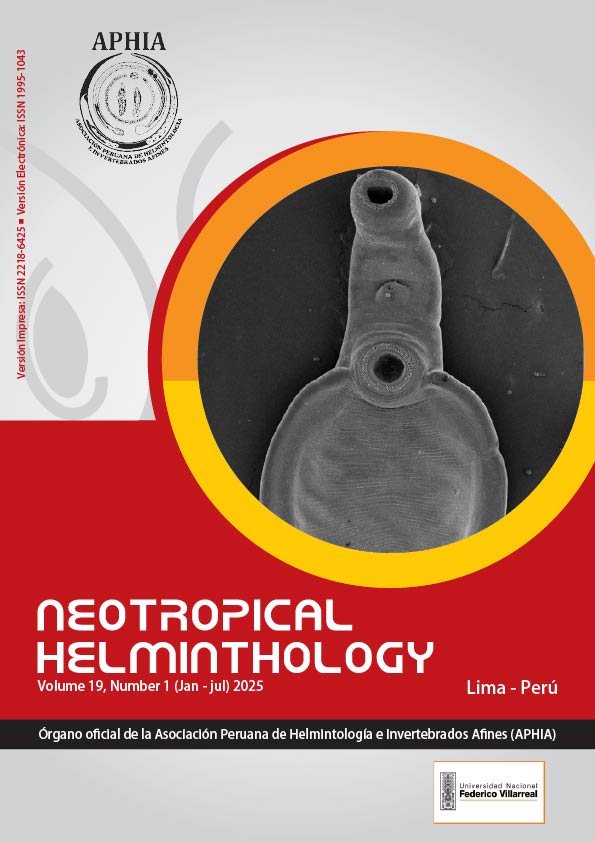
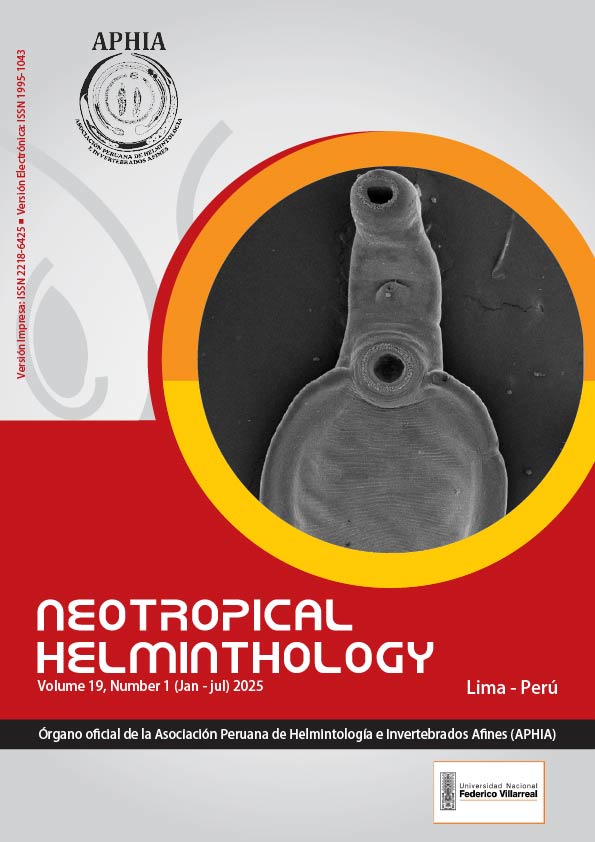 Numero 2 Volumen 19 - 2025 (versión Anticipada)
Numero 2 Volumen 19 - 2025 (versión Anticipada)









